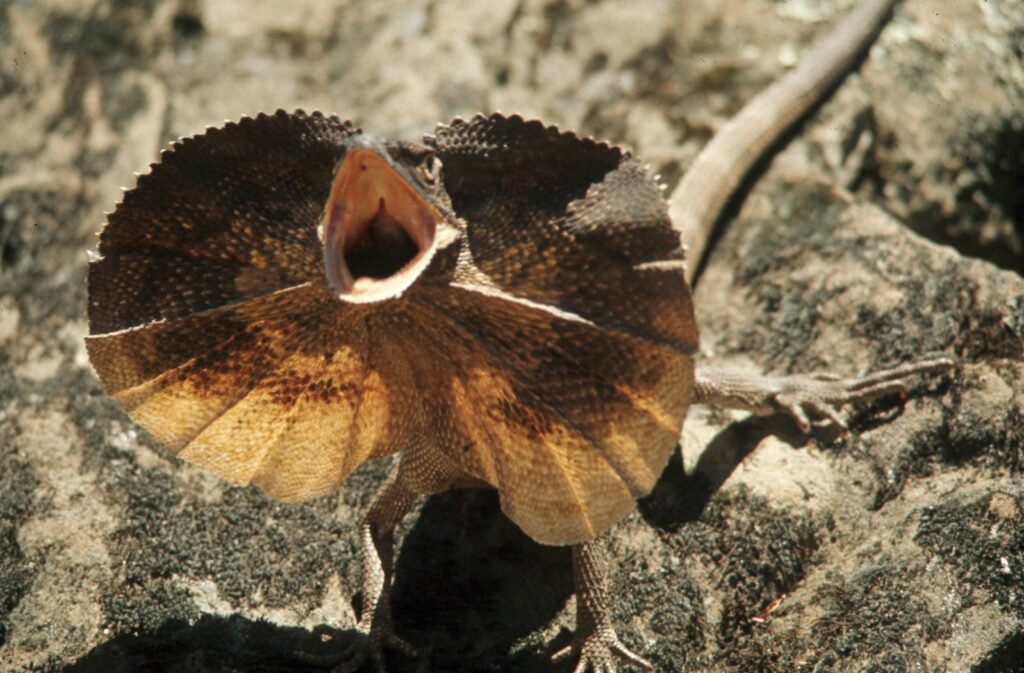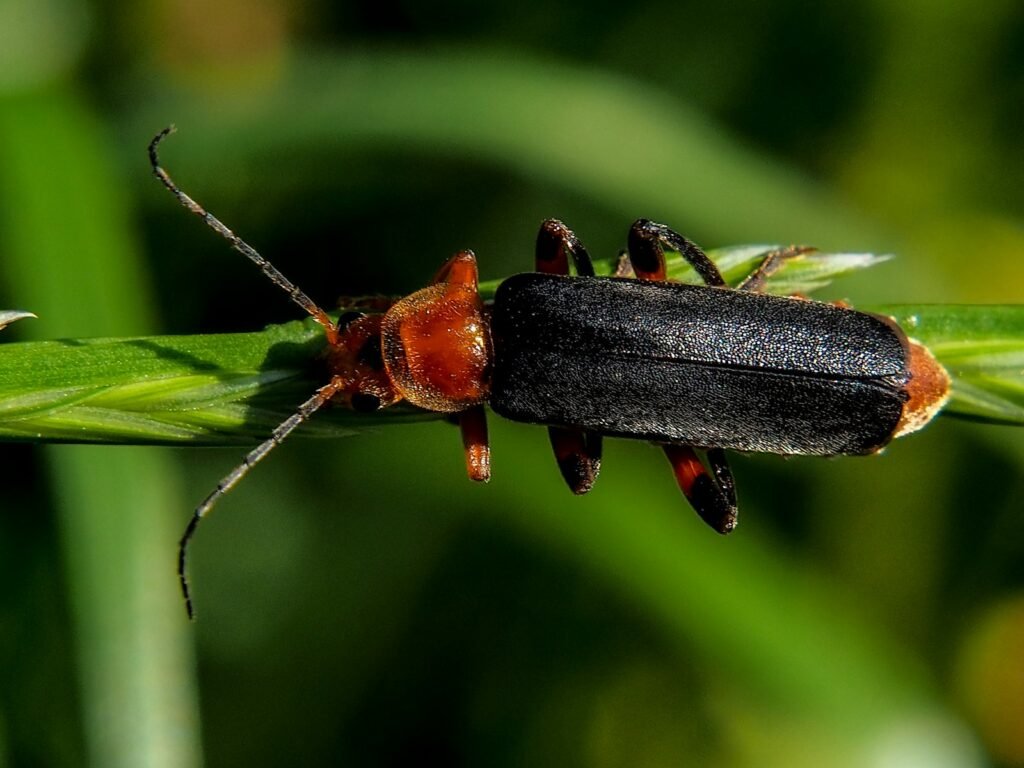Some animals hide; others rewrite the rules of seeing. Deep in Madagascar’s night forests, leaf-tailed geckos melt into bark and dead leaves so perfectly that even a careful gaze slides past them. The mystery is not just color, but shadow, texture, posture, and a magician’s feel for timing. Scientists are now decoding this vanishing act with tools that reveal how predators perceive patterns – and where our eyes fail. The story blends evolution’s slow craft with urgent conservation, because every trick of invisibility is also a fragile thread in a rapidly unraveling habitat.
Into the Vanishing Act
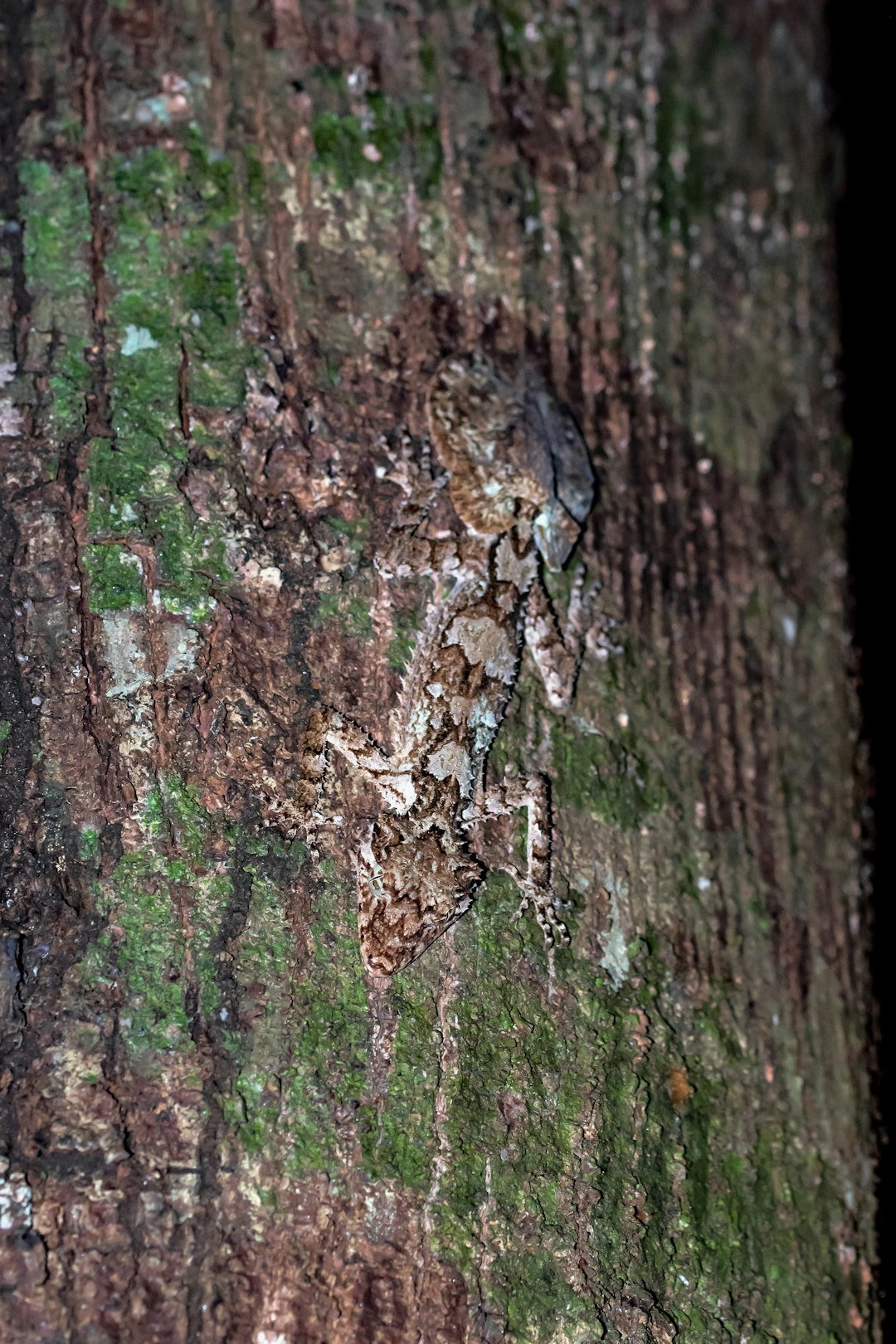
Here’s the jolt: the first time I “saw” a leaf-tailed gecko, I didn’t – my headlamp found a knot of bark, and the knot blinked. In a breath, the animal flattened, edged its body along a seam in the tree, and turned into a leaf-shaped absence bordered by moss. That move wasn’t panic; it was choreography honed by millions of years of being hunted by birds, snakes, and sharp-eyed primates.
Leaf-tailed geckos vanish by stacking advantages – cryptic colors, jagged margins, and shadow-killing skin flaps that erase their outline. Their camouflage reads like a layered password: if color doesn’t fool you, texture might; if texture fails, posture takes over. Even seasoned field biologists admit they can stand a meter away and never notice the animal until it moves.
The Hidden Clues
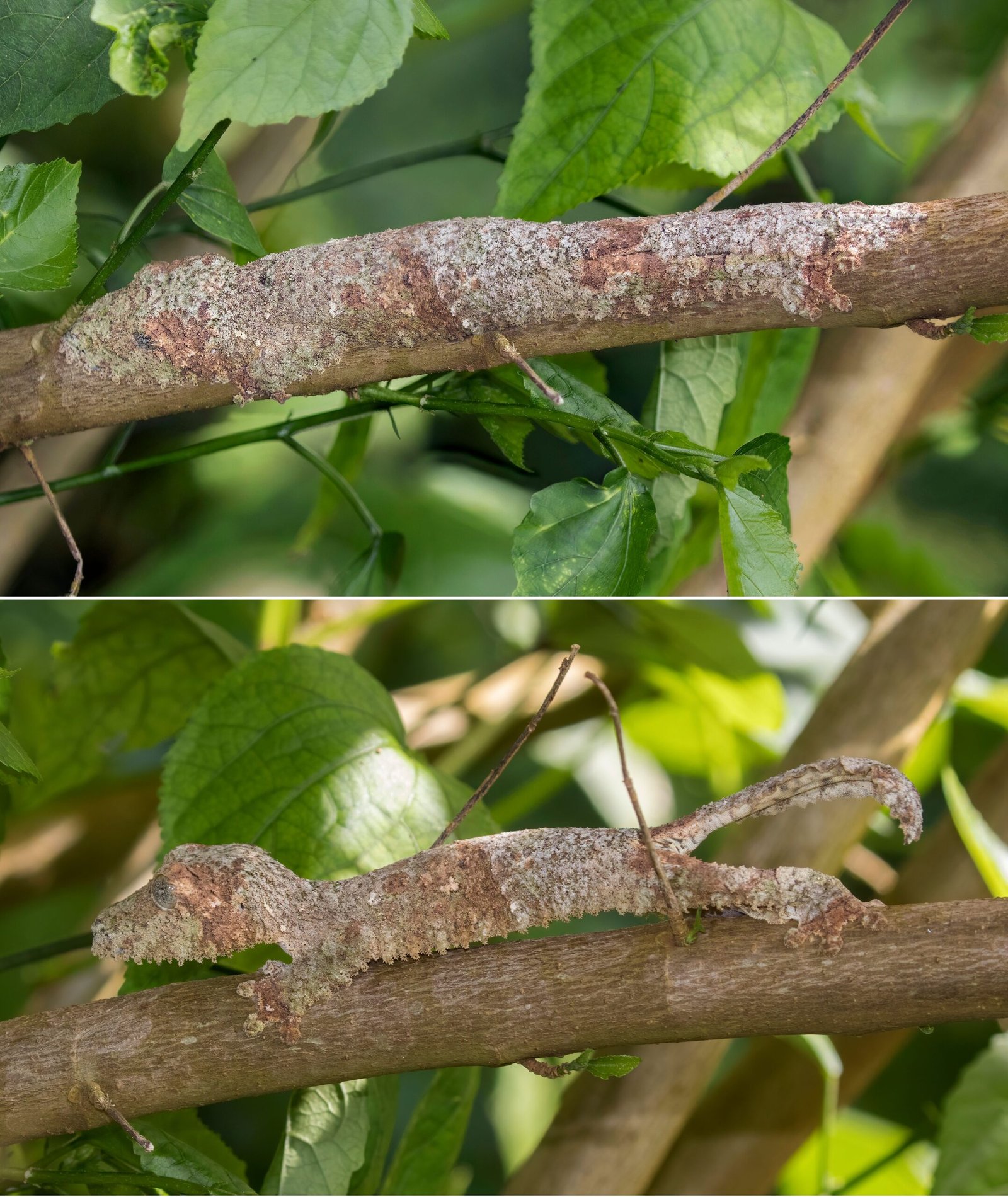
These geckos are artists of edges. Along their sides, paper-thin dermal flaps lie flush with the bark and cancel the slim shadow that would betray a raised body. The tail often looks tattered, not by accident but by design – nibbled margins and spots mimic a decaying leaf, while subtle speckles match lichen and fungal freckles. Under daylight, pigments and microscopic skin structures scatter light to blend with trunk and leaf litter; at night, the same palette dampens contrast under a headlamp’s harsh beam.
Behavior seals the illusion. When threatened, the gecko presses flat, aligns with bark grain, and stays rigid, relying on trust in its disguise; if that fails, a sudden mouth-gape display shocks predators long enough for a sprint. Climbing comes from toe pads lined with tiny hair-like setae that grab surfaces through intermolecular forces, a clean, reversible adhesion that engineers study for bio-inspired materials. It’s not just one trick – it’s a toolkit built for a stage where the audience is always hungry.
From Field Guides to Modern Science
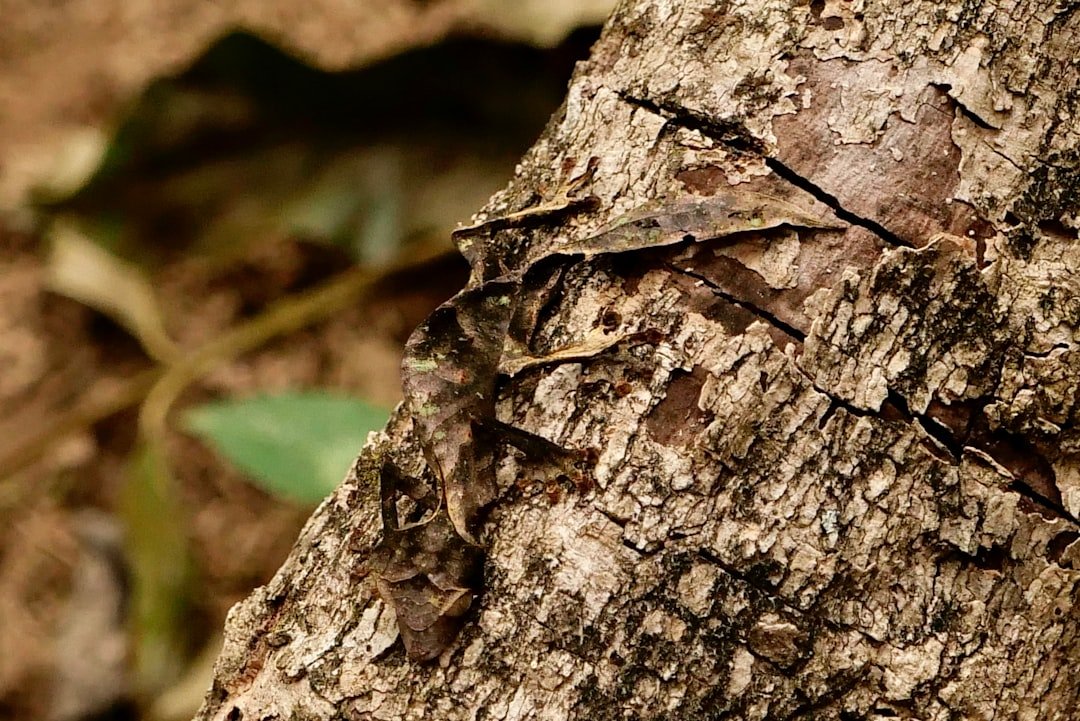
What once relied on sharp eyes and luck now recruits physics and computing. Researchers photograph geckos and their backgrounds across wavelengths humans can’t see, then model how a predator’s visual system would process the scene; a gecko invisible to us may still pop out to a bird tuned to ultraviolet. Texture is analyzed with spatial-frequency tools that quantify how mottling and bark grooves interact to break up outlines, a method borrowed from signal processing. High-resolution 3D scans map the ragged contours of tails and dermal flaps, tying geometry to the way light and shadow behave on rough bark.
Machine learning adds a provocative twist. Algorithms trained to detect animals in cluttered images routinely miss these geckos in the same places human observers do, suggesting camouflage that hacks general rules of recognition. That feedback loop – biology challenging AI, AI clarifying biology – sharpens hypotheses about which features matter most. In the process, science inches closer to a predictive theory of invisibility rather than a gallery of amazing anecdotes.
Why It Matters
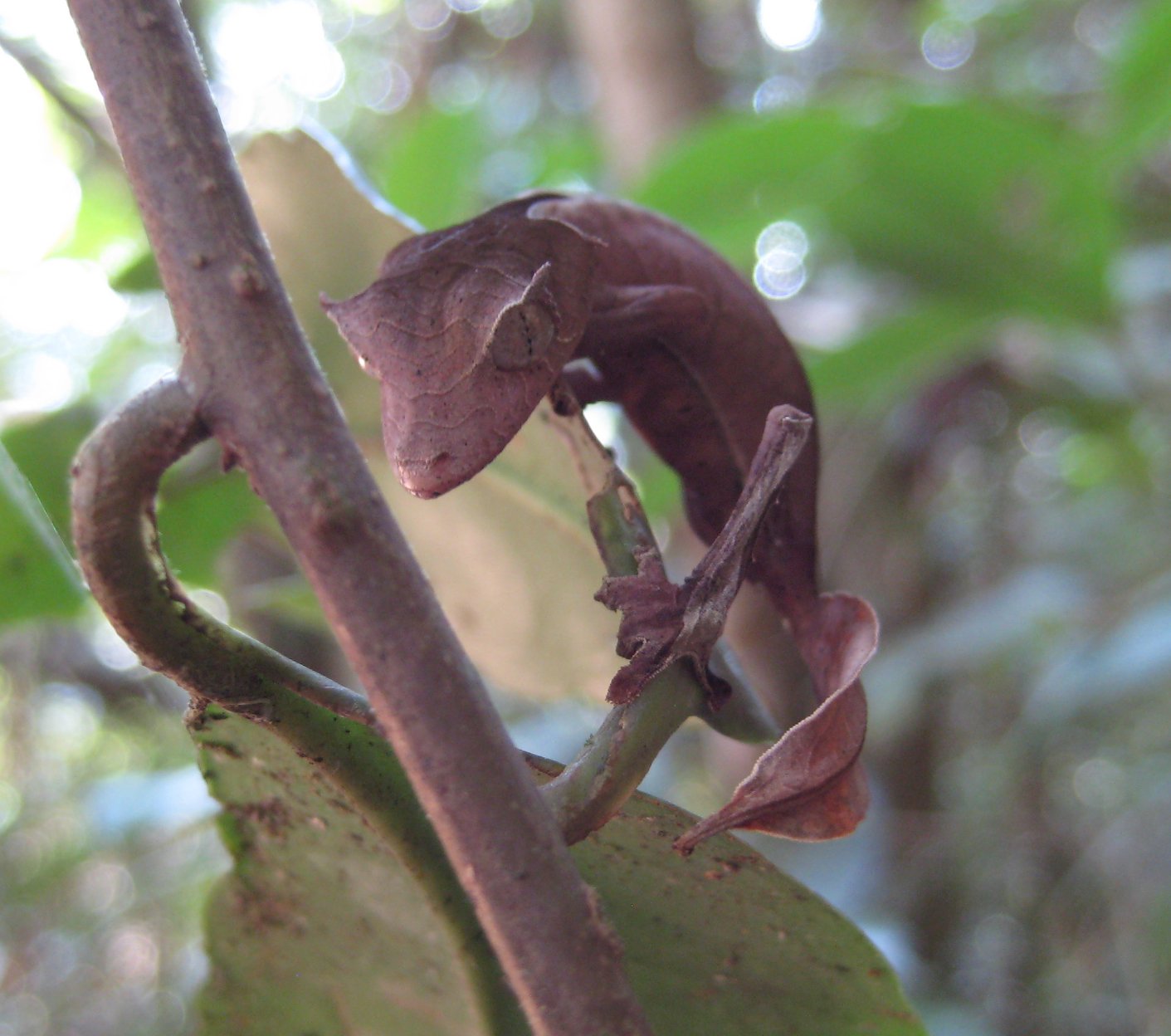
Camouflage is not a parlor trick; it’s a survival economy that guides how forests work. When a gecko escapes detection, it can hunt soft-bodied insects and small invertebrates, nudging nutrient cycles and pest pressures in the understory. Comparisons with older field methods show why this update is essential: checklists and casual sightings undercount cryptic species, skewing biodiversity estimates and misleading conservation priorities. By folding in predator-vision models and texture analysis, surveys catch what eyes alone skip, producing maps of presence that are finally trustworthy.
The payoff spills beyond biology. Insights from gecko edges and textures inform better search-and-rescue imaging, stealth materials that diffuse outlines without heavy coatings, and computer-vision systems that overcome background clutter. In a world swamped with visual data, learning how nature hides may be the key to building tech that sees more honestly.
Global Perspectives
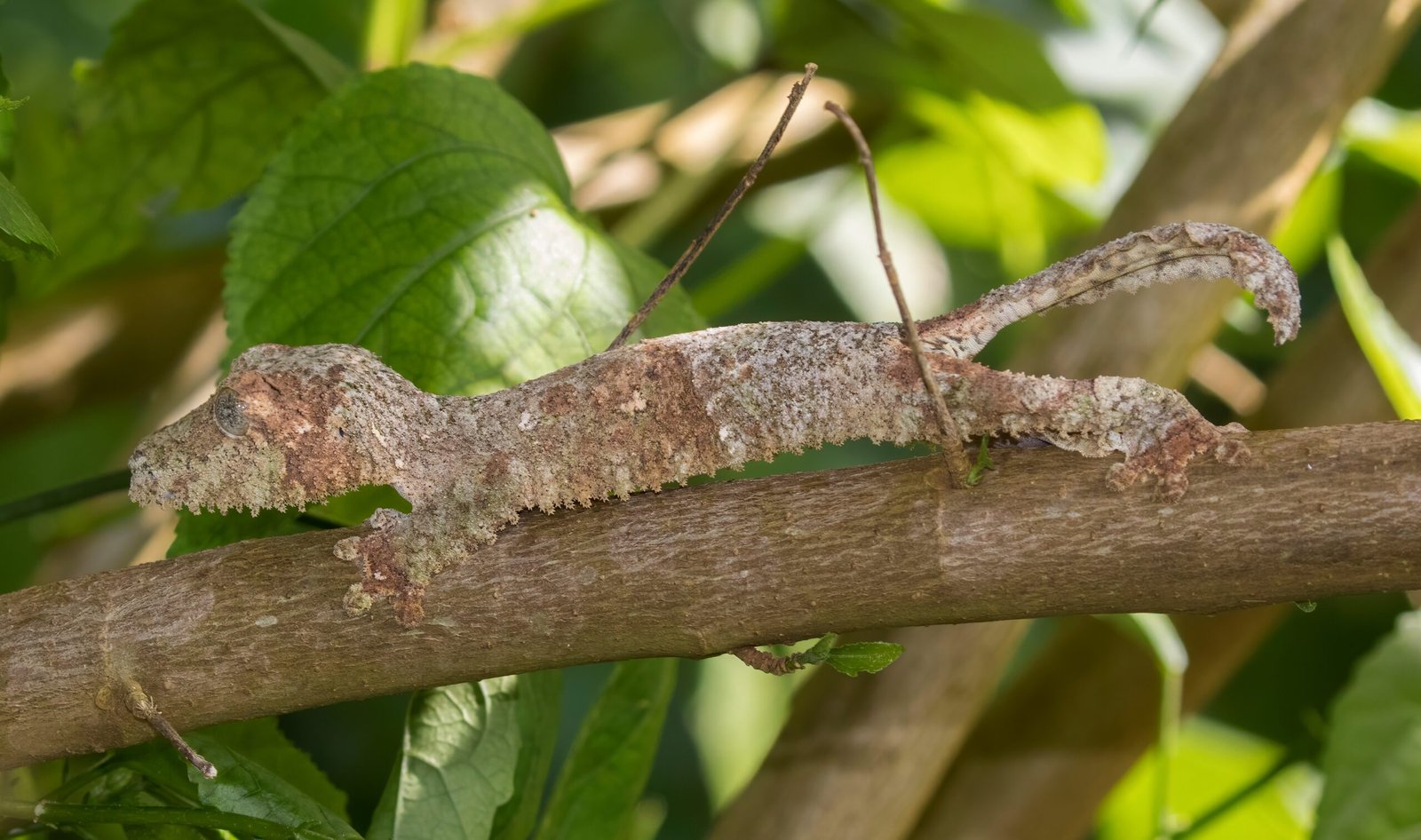
Madagascar’s leaf-tailed geckos sit in a wider club of masters of disguise, and comparing them brings patterns into focus. Pygmy seahorses match the knobbly texture of coral; leaf insects echo the veins and blemishes of host plants; nightjars and potoos erase themselves against bark and leaf litter like smudges of dusk. Across continents, the recipe repeats: broken edges, matched textures, and behaviors that freeze motion at the exact moment attention spikes.
This global lens matters because predators differ. A rainforest raptor with sharp motion detection pushes geckos toward stillness; a snake relying on heat or smell pushes other defenses. Seeing camouflage through many ecosystems clarifies which tricks are universal and which are local gambits. The geckos remind us that evolution is both a tinkerer and a regional chef.
Threats and Protections
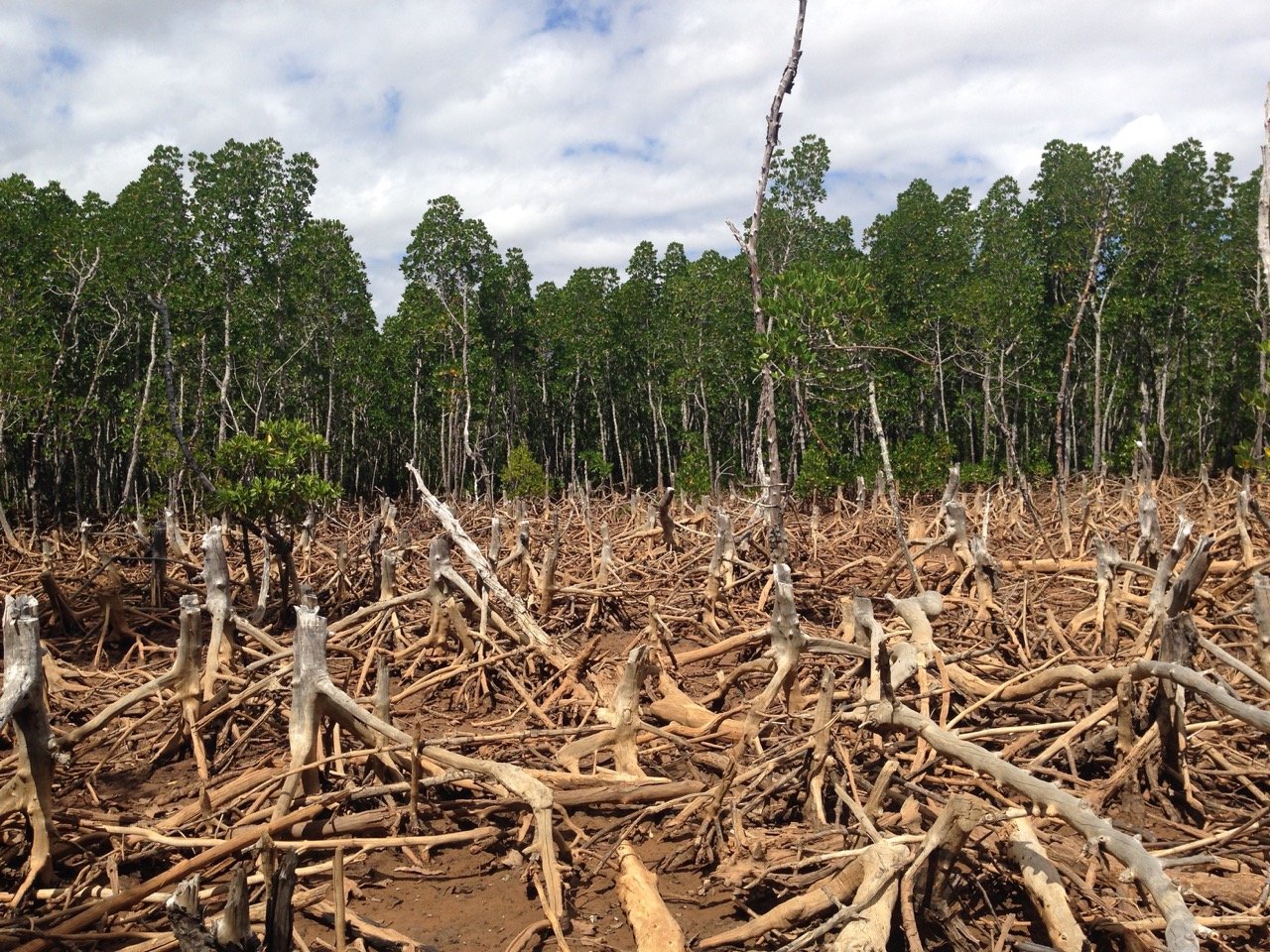
Even perfect camouflage can’t hide a forest that’s disappearing. In Madagascar, habitat loss from slash-and-burn agriculture, logging, and mining shaves away the complex bark textures and leaf litter these species depend on. The illegal wildlife trade adds pressure, as rare morphs fetch high prices and encourage opportunistic collecting. Protected areas exist, but boundaries on paper are only as strong as local livelihoods and enforcement on the ground.
Conservation now blends satellite deforestation alerts, community-led patrols, and certification for forest-friendly agriculture that lowers the incentive to clear land. Responsible captive-breeding programs can reduce demand for wild-caught animals while funding field surveys that reveal where populations still thrive. Crucially, partnerships with local communities – who know the forest by sound, smell, and memory – turn protection from a rule into a shared investment.
The Future Landscape
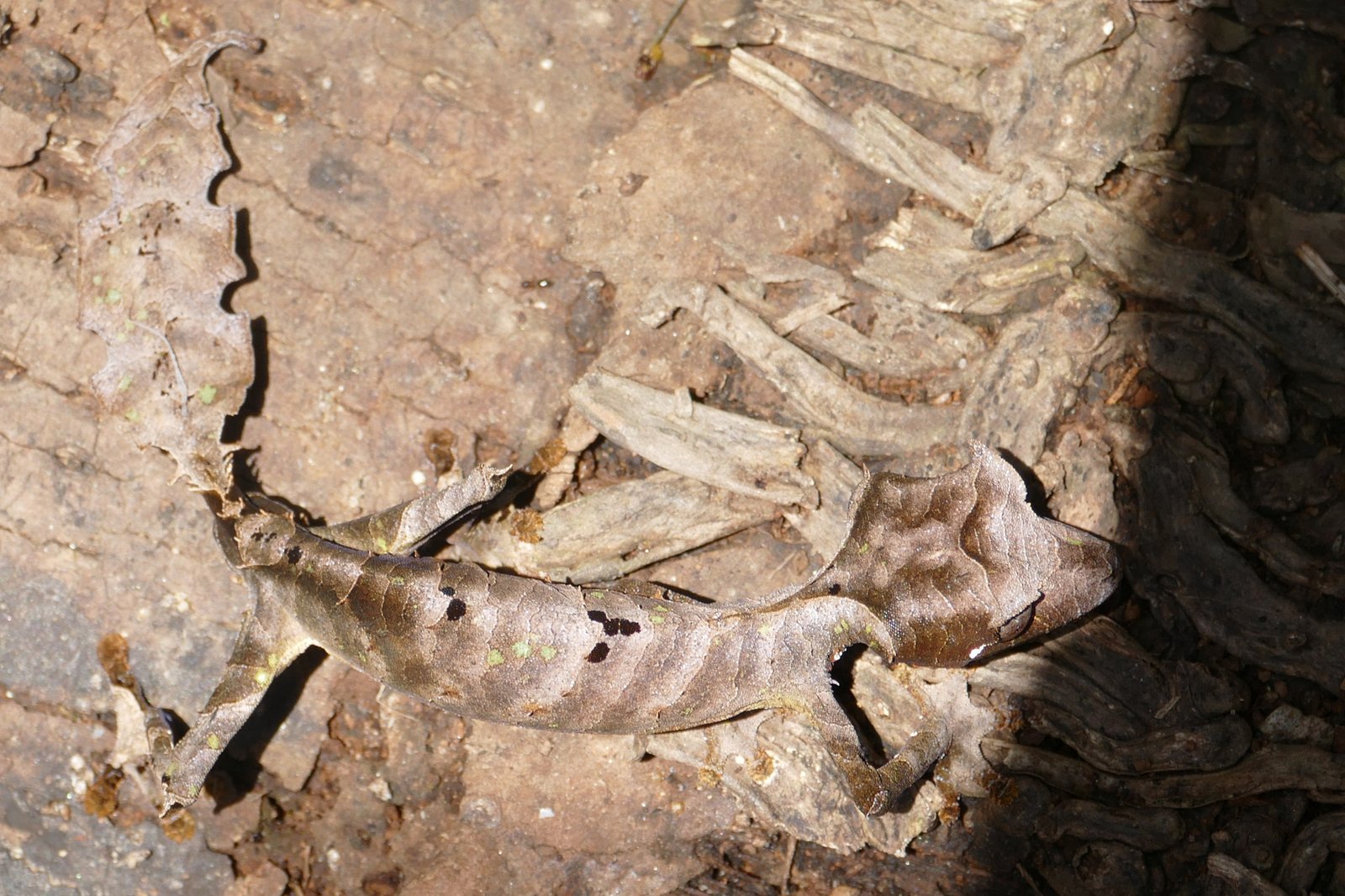
Expect a leap in tools that see the unseen. Multispectral drones will scan trunk mosaics at night, while models tuned to predator vision flag likely gecko perches for field teams to verify. Acoustic and microclimate sensors stitched into smart networks will forecast nights when humidity and temperature push geckos to forage, making surveys efficient instead of lucky. Climate change, meanwhile, threatens to scramble the script by drying some forests and shifting insect prey to seasons that no longer match breeding cycles.
Policy and technology will need to move together. Trade monitoring powered by image-recognition can spot suspect shipments; restoration plans can prioritize tree species whose bark textures recreate the geckos’ camouflage stage. The biggest challenge is speed – evolution writes updates slowly, but the environment is changing fast. Getting ahead means turning clever pilot projects into scalable, locally owned programs.
How You Can Help
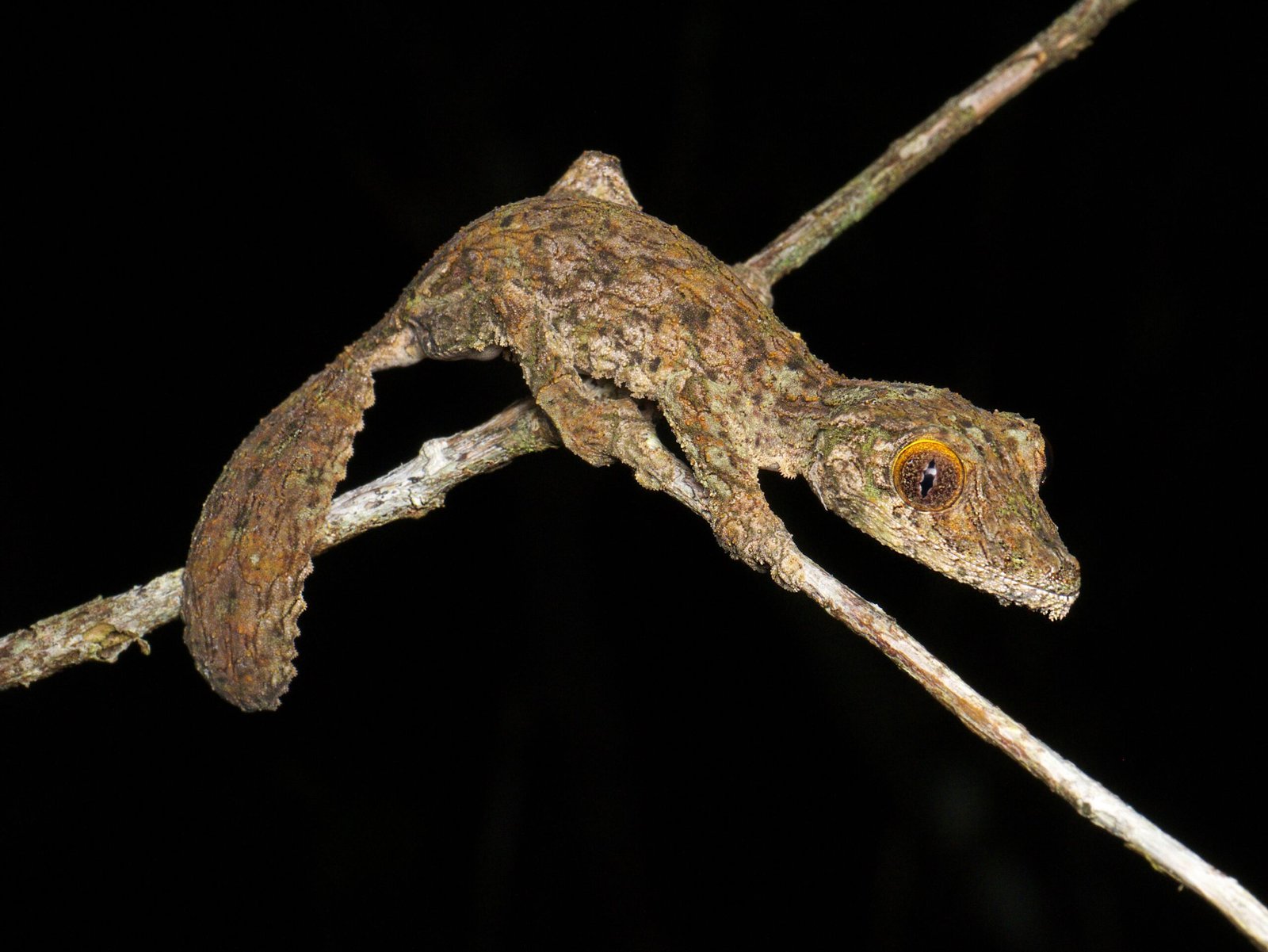
Start with curiosity: learn which leaf-tailed species live in different Malagasy forests and how each one uses light, shadow, and texture to survive. Support organizations funding community rangers, forest restoration, and field scholarships for Malagasy students who will become the next stewards of these habitats. If you’re a hobbyist, choose captive-bred geckos from transparent, ethical breeders and never purchase animals of unknown origin. Even small choices – donating to reforestation, backing research, sharing accurate information – add friction to the forces that strip forests bare.
If you work in tech or design, borrow from nature’s playbook: explore edge disruption and texture-matching in your imaging or materials projects, and consider collaborating with field scientists who can ground creativity in real biology. The gecko’s greatest trick is convincing us there’s nothing there; our job is to notice anyway, and to act while we still can. What’s the first small thing you’ll do today to keep the forest from going silent?

Suhail Ahmed is a passionate digital professional and nature enthusiast with over 8 years of experience in content strategy, SEO, web development, and digital operations. Alongside his freelance journey, Suhail actively contributes to nature and wildlife platforms like Discover Wildlife, where he channels his curiosity for the planet into engaging, educational storytelling.
With a strong background in managing digital ecosystems — from ecommerce stores and WordPress websites to social media and automation — Suhail merges technical precision with creative insight. His content reflects a rare balance: SEO-friendly yet deeply human, data-informed yet emotionally resonant.
Driven by a love for discovery and storytelling, Suhail believes in using digital platforms to amplify causes that matter — especially those protecting Earth’s biodiversity and inspiring sustainable living. Whether he’s managing online projects or crafting wildlife content, his goal remains the same: to inform, inspire, and leave a positive digital footprint.


